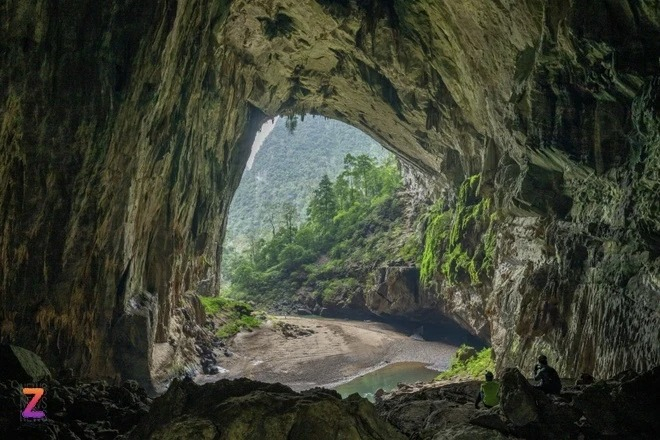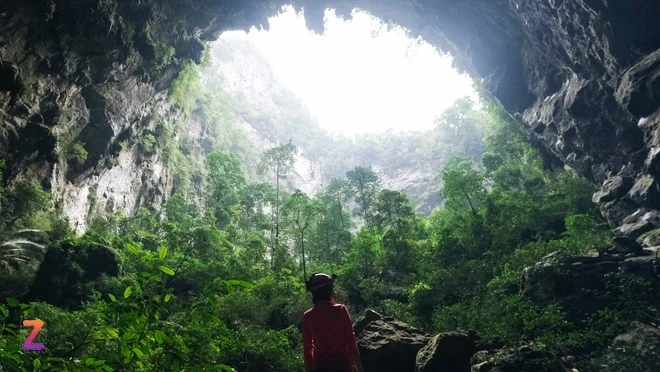"Vietnam's Son Doong Cave is so large that you could fit 15 of the Great Pyramids of Giza inside and fly a Boeing 747 through some of its passageways."

This is a comment by Live Science , a website about science, archaeology, and the natural world based in New York (USA) on November 1.
Sascha Pare, a writer with a BA in Biology from the University of Southampton (one of the top ten research universities in the UK), said Son Doong Cave is quite young compared to other limestone caves.
"The cave was formed 2-3 million years ago, inside is the largest limestone block in Asia, a giant block of stone more than 400 million years old born from shells and skeletons of ancient variant animals", Live Science comment
According to Sascha, the underground water system in the cave originates from the Rao Thuong and Khe Ry rivers from the Lao border. The water flows through cracks in the limestone and erodes the rock, creating a giant tunnel in the mountain massif.

It is the largest natural cave ever recorded. Measurements by a team from the British Cave Research Association show that the total volume of the cave is 38.5 million cubic meters, large enough to accommodate nearly 15 of the Great Pyramids of Giza.
But researchers have recently discovered that the cave is even larger than that.
A diving expedition in 2019 revealed that Son Doong is connected to another cave called Hang Thung via an underwater tunnel. This connection adds 1.6 million cubic meters to the volume of the cave, equivalent to two-thirds of the Great Pyramid.
"It's like someone found a tumor on Mount Everest, making the mountain 1,000m higher. Any cave in the world would be lost in the middle of Son Doong," said Limbert from the British Cave Research Association.
Source




![[Photo] April Festival in Can Tho City](https://vstatic.vietnam.vn/vietnam/resource/IMAGE/2025/4/10/bf5ae82870e648fabfbcc93a25b481ea)
![[Photo] Unique folk games at Chuong Village Festival](https://vstatic.vietnam.vn/vietnam/resource/IMAGE/2025/4/10/cff805a06fdd443b9474c017f98075a4)

![[Photo] Opening of the 11th Conference of the 13th Party Central Committee](https://vstatic.vietnam.vn/vietnam/resource/IMAGE/2025/4/10/f9e717b67de343d7b687cb419c0829a2)
















































































Comment (0)